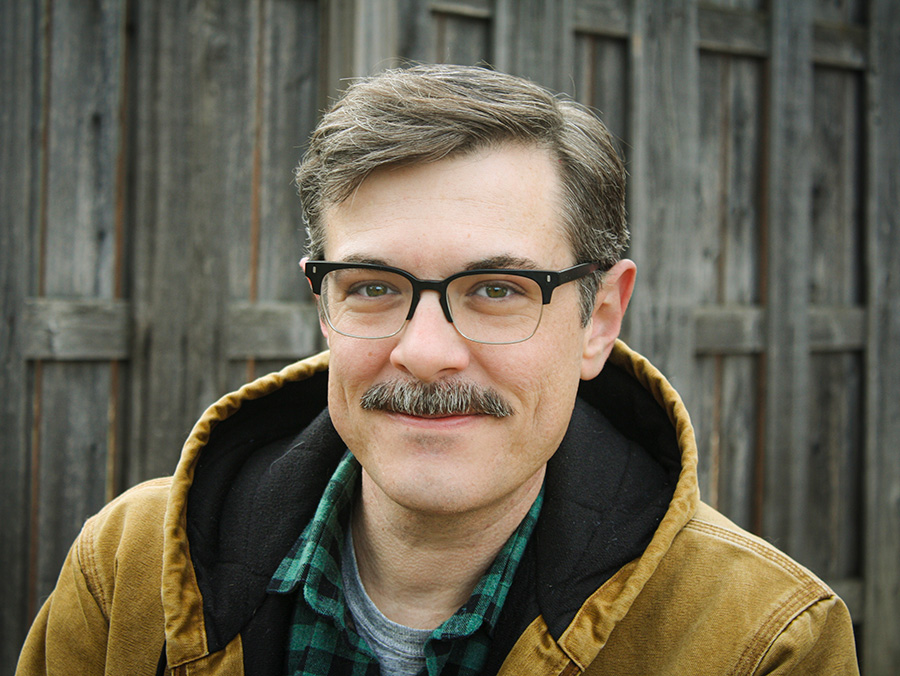Gray came to UNT to study English thanks to teachers he had along the way who inspired him to pursue writing. He always
had a feeling Denton was where he would end up.
"I remember driving past Fouts Field and seeing the big Mean Green eagle as a little kid," Gray says. He remembers thinking,
"I want to go to the place with the big eagle."
While attending UNT, he was inspired by English teachers Jacqueline Foertsch and Walton Muyumba. He often spent time at local concerts, specifically at Rubber
Gloves Rehearsal Studios.
He played guitar on the song, "Fallout," on Neon Indian's sophomore album Era Extraña. A Denton-born, electro-pop band created by his friend and classmate Alan Palomo,
Gray's guitar skills can be heard amongst the synth arrangements and swirling melodies.
His passion for music is apparent when he tells the story of how his high school emo-punk
band, Burning January, played unannounced between classes at school.
"We set up in between the bells and did a minute of a song," Gray says. "People were
watching and crowd surfing. This is all in a little town of 2,000 people."
He made his own fun, but at the same time was eager to experience life outside of
the little slice of southern Oklahoma. Prior to living in Madill, Gray lived on a
cattle farm in Love County, Oklahoma, so he's no stranger to the Oklahoma countryside.
It's almost as if the movie role was destined for him.
"While I did have frustrations in the fact that I didn't have the same resources as
people in bigger cities, I do think it gave me a bit more of a spark and drive," Gray
says.
After Gray received a master of arts degree in English, he went on to have his work
published in the Dallas Observer, Oklahoma Gazette, PopMatters, D Magazine and other publications. His essays were featured in anthologies published by the
now-defunct publication This Land, which explored life in Oklahoma.
He's currently the arts and culture editor for Boulder Weekly, covering the arts and culture beat. He also writes for Paste magazine and ArtDesk. His creative past allows him to connect with the musicians he interviews on another
level.
